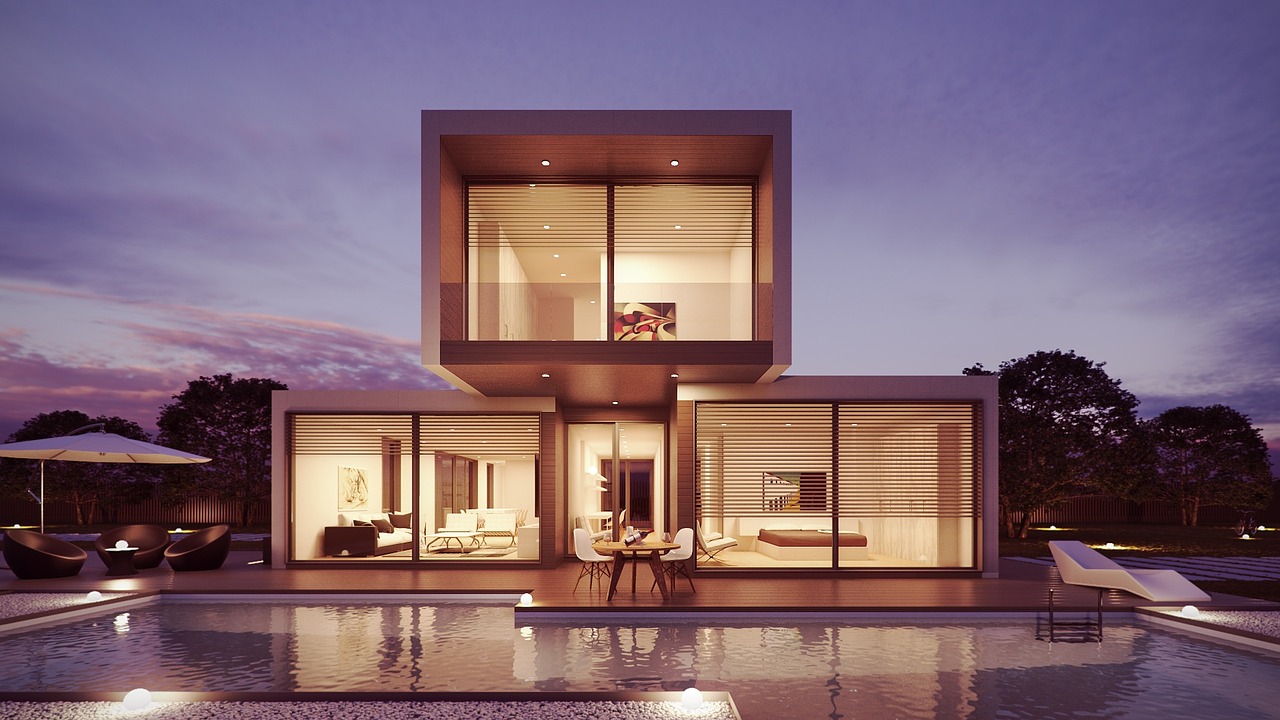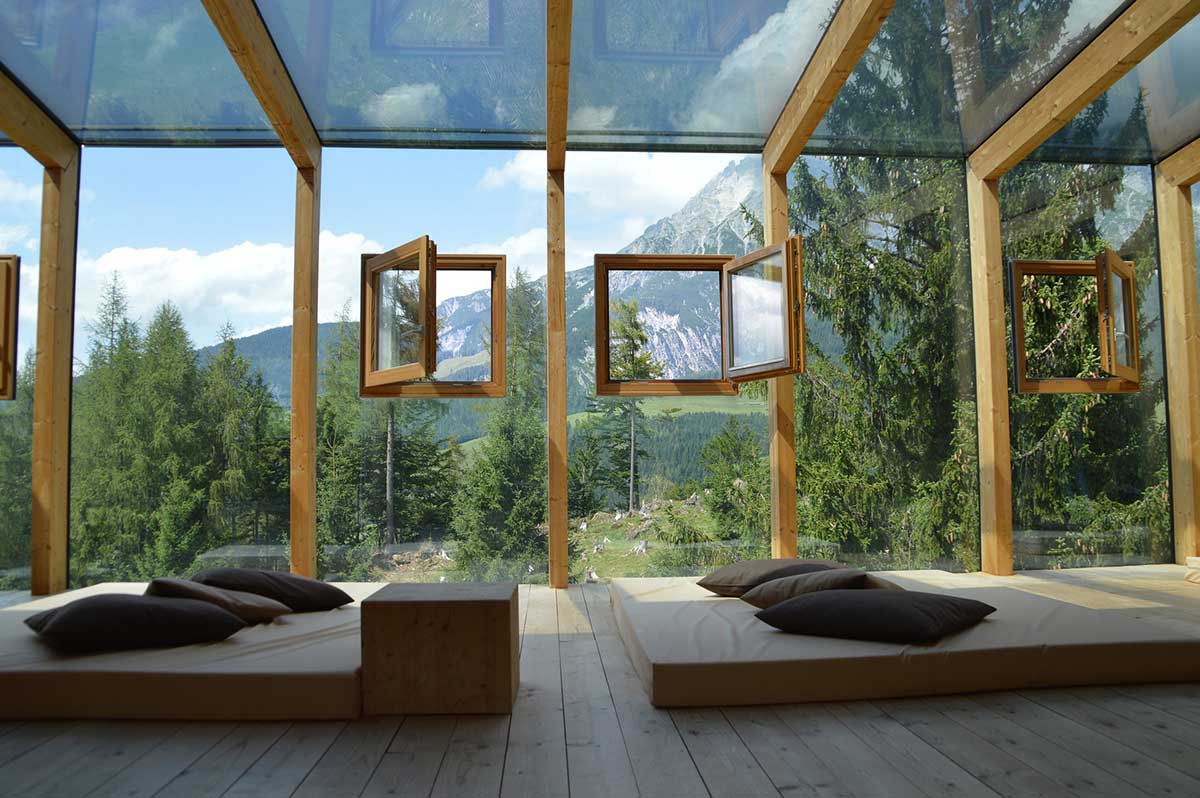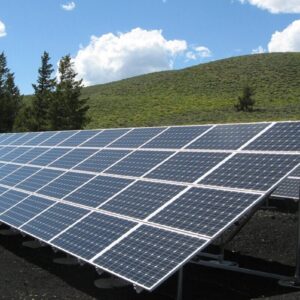Description
Passive solar design takes advantage of home construction and architecture to utilize natural heating from the sun rather than using home air conditioning units, reducing or possibly eliminating the need for purchased energy. Some passive solar techniques are modest and low-cost, while others may come at a relatively high cost. Passive solar is generally simpler with less moving parts and maintenance than other forms of solar energy collection. A variety of factors affect a home-builder’s choices in designing a passive solar home, including climate, budget, and available materials.
This course introduces fundamental principles governing passive solar home design, and key terms used in the passive solar design process. Various design approaches are described, including Direct Gain, Sunspace, and Thermal Storage Wall, as well as the use of increased levels of insulation. This course also describes various home configurations to illustrate the practical use of passive solar. Further, it provides example tables which can be compared to designs that home-builders are evaluating, as well as worked example questions to demonstrate how key variables are calculated for design purposes.
This course is based on the publication Passive Solar Design Strategies: Guidelines for Home Builders.
A multiple choice quiz is included which is intended to provide 8 hours of professional development.
LEARNING OBJECTIVES
At the conclusion of this course, the student will have learned or been exposed to the following:
Passive Solar Performance Potential
Evaluating the Feasibility of Passive Solar
Advantages of Passive Solar
Key Concepts of Passive Solar Design
South Facing Glass
Improving Conservation Performance
Mechanical Systems
System Orientation
Thermal Mass
Site Planning
Interior Space Planning
Sun tempering
Direct Gain
Sun spaces
Combined Systems
Natural Cooling Guidelines
Worked Example Problems for Passive Solar Design







